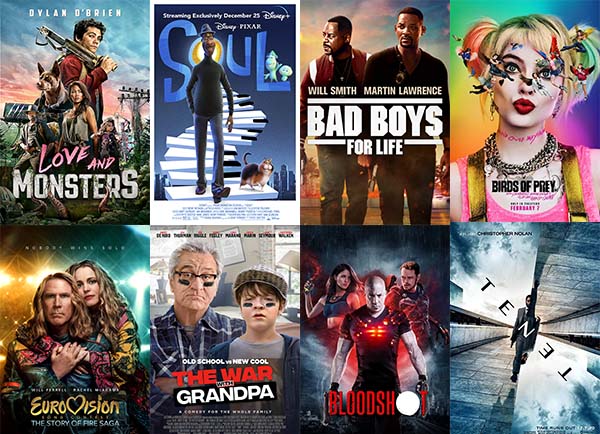

Worst Movies Worst horror terrible watchmojo
In the realm of cinema, every year witnesses the release of an array of films, some of which gain critical acclaim while others grapple with unflattering reviews. As we reflect on the cinematic landscape, it is valuable to analyze and discuss the films that have garnered the dubious distinction of being labeled as the “worst.” This analysis serves not only as an exploration of cinematic failures but also as a reminder of the ambitious yet sometimes misguided efforts of filmmakers. Below, we delve into a couple of notable entries that have stirred discussions amongst audiences and critics alike.
What Is The Worst Movie Of 2020? Top 5 Worst Bollywood Films Released

The year 2020 was undeniably unique, and so were its cinematic offerings. In a year shadowed by a global pandemic, certain films attempted to entertain audiences but instead fell short of expectations. Among various film industries, Bollywood produced its share of disappointing titles. This article lists the top 5 worst Bollywood films of 2020, each characterized by lackluster performances, poor storytelling, and an overall disjointed production quality. While the very classification of a film as ‘worst’ is subjective, this list serves to highlight those particular films that, for various reasons, failed to resonate with viewers.
Hannah Haught’s 10 Worst Movies of 2017

The landscape of 2017 also bore the weight of cinematic disappointments. Critic Hannah Haught provided an insightful overview of her ten least favorite films from that year, contributing to a critical dialogue regarding film standards. This compilation not only offers a perspective on what went wrong in these films, but it also encourages viewers to engage with cinema more critically. Exploring the reasons behind these films’ failures—be it weak narrative structures, poor character development, or unconvincing performances—provides a deeper understanding of the elements that contribute to a successful film experience.
Discussions about the worst movies often lead to reflection on what constitutes a good film. Audiences seek stories that resonate on an emotional level, characters that are well-developed, and production values that uphold cinematic artistry. When these elements are absent, films can become notorious for all the wrong reasons, drawing the ire of both critics and viewers. Moreover, these classifications reveal trends in film production, highlighting shifts in audience preferences and the evolving standards of cinematic excellence.
In summary, the examination of poorly-received films serves not merely as an exercise in critique, but as an opportunity for improvement within the industry. Filmmakers and production teams can learn valuable lessons from these missteps, fostering a culture of innovation and accountability within cinema. As we look ahead to future releases, it remains crucial for both creators and audiences to advocate for quality storytelling and production in the cinematic arts.
As the film industry continues to evolve, it is imperative to embrace both the successes and the failures. By examining the films that have made a significant impact—whether positive or negative—we contribute to a richer discourse surrounding cinema. Let us remain vigilant in our pursuit of artistic excellence and continue to celebrate the unique, diverse stories that film can provide.







